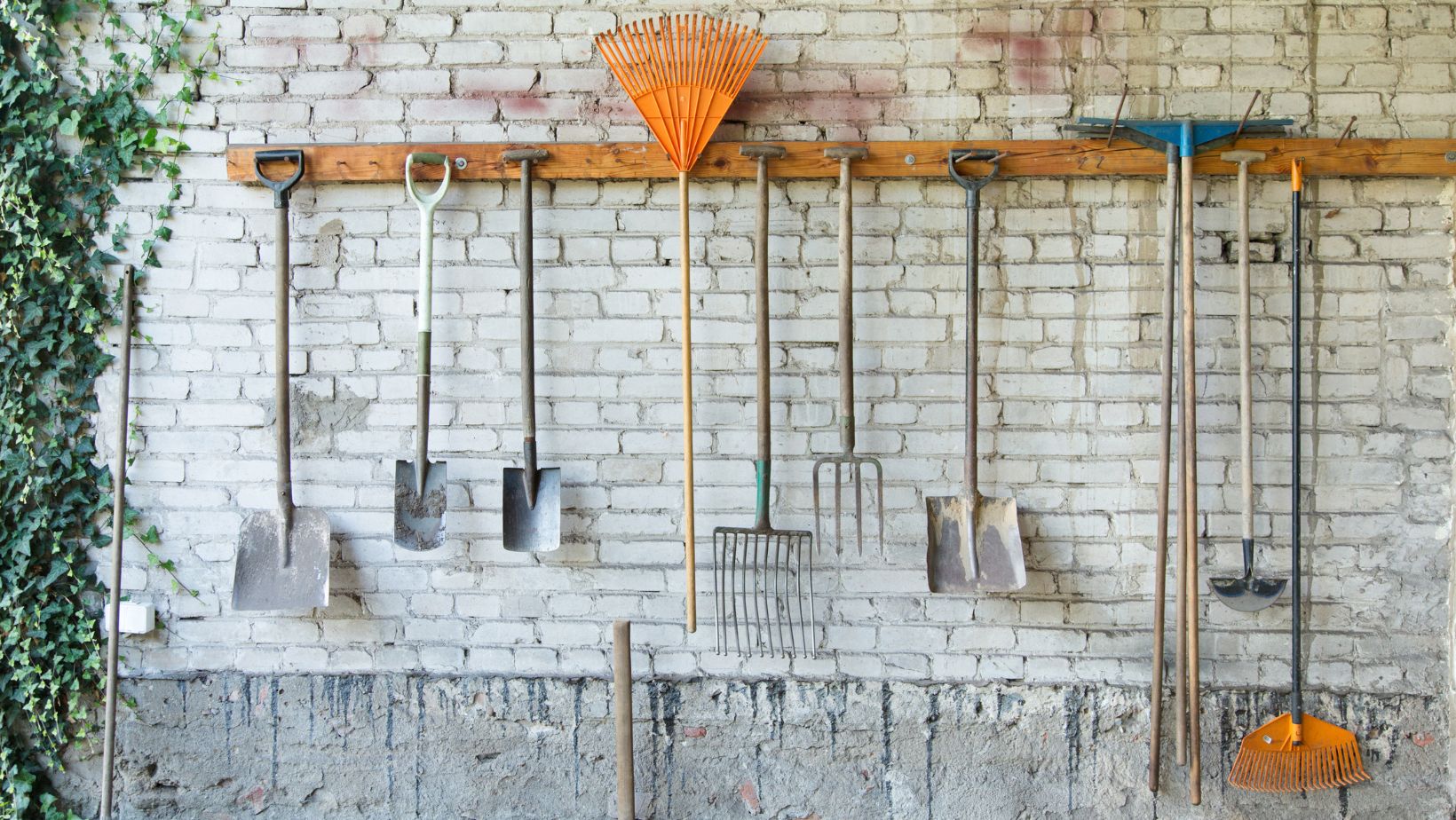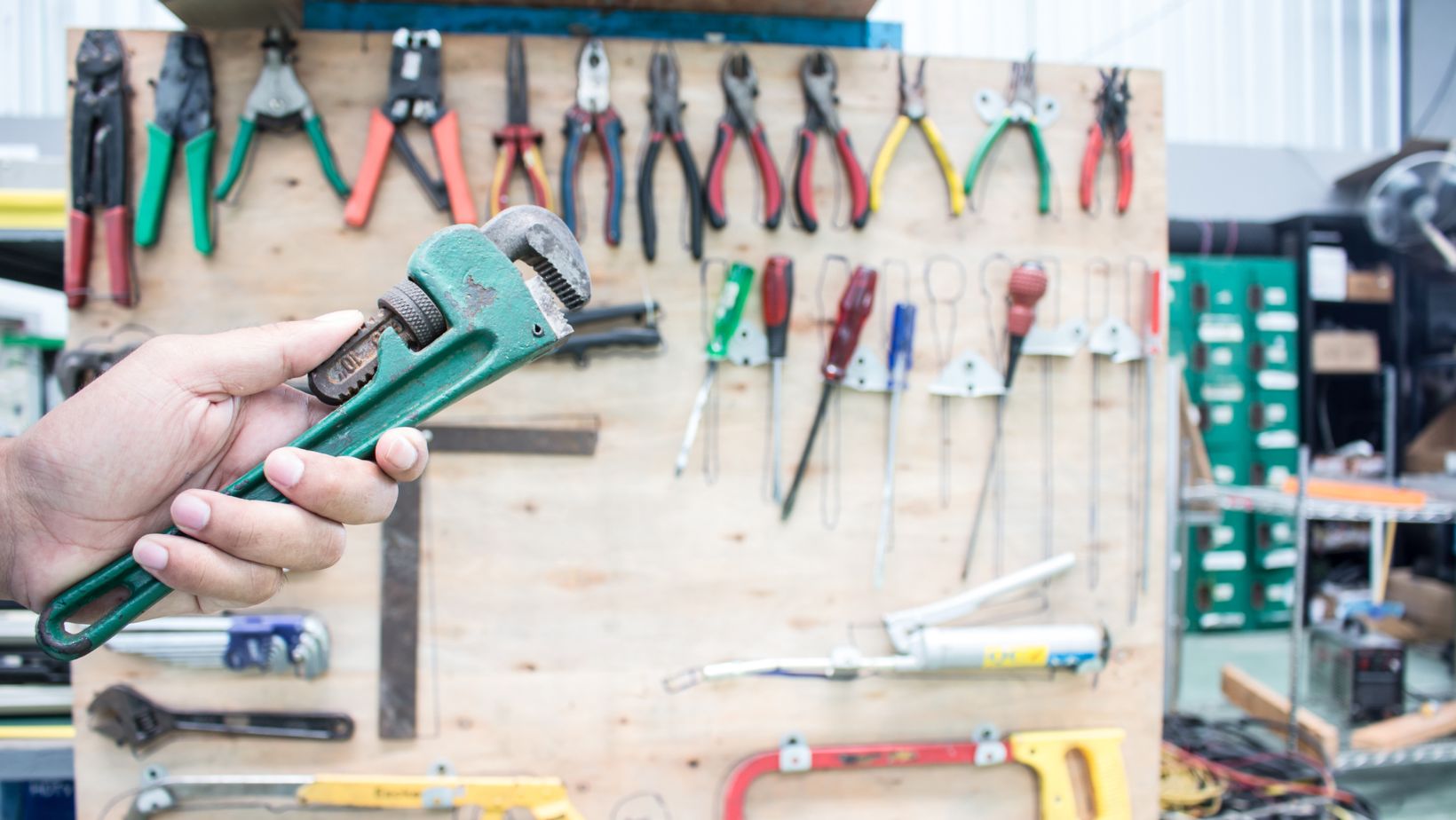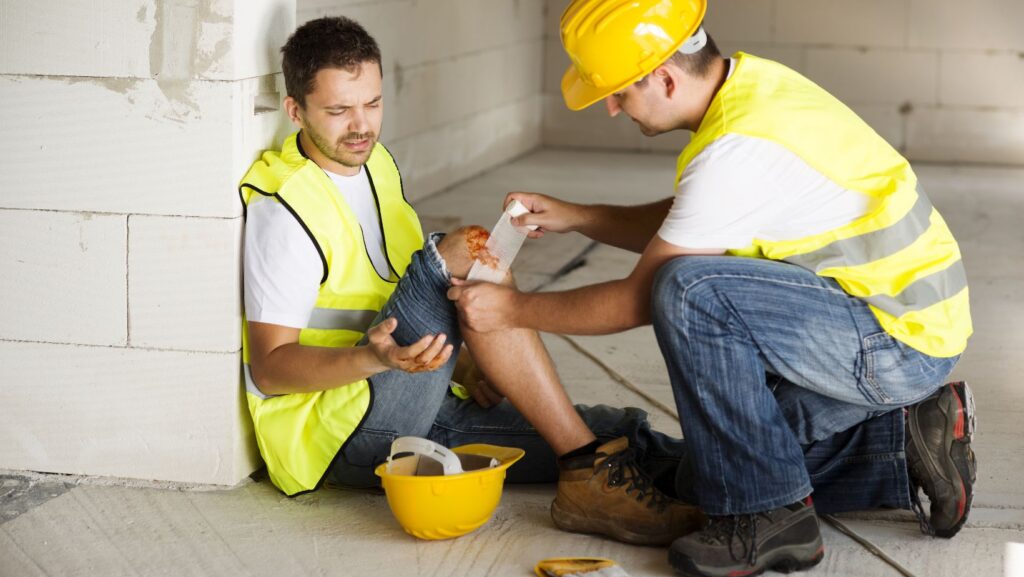On 20 March 2017, Western Airlines Swearingen SA226TC Metro II N158WA took off from an Idaho airport before dawn and suffered substantial damage to the propeller as it flew, resulting in a broken propeller and three holes in the fuselage, all because of a misplaced tool. According to the National Transportation Safety Board report, “a screwdriver was left on the nose of the airplane under the windshield wiper and out of sight of the pilot.” When the plane took off, the screwdriver dislodged from the nose of the plane and subsequently struck the propeller, causing the damage.
Fortunately, the pilot was able to land safely, but this incident speaks to the importance of accounting for and organizing one’s tools, especially in high-risk situations where a single mistake could make the difference between life and death.
In this article, we’ll take a look at some helpful hints for reducing workplace accidents through properly organizing one’s tools. Regular and careful organization can be an effective way to improve safety with a minimum of effort.
Clearly Define Areas for Tool Storage
The best cure is an ounce of prevention, and when it comes to tool organization and workplace accidents, a little bit of planning ahead can prevent a lot of problems later. First, you will want to have clearly defined and well-marked locations for every tool. This might be a toolbox, a pegboard, a drawer, an organizer such as Shadow Foam, etc. But for every tool, you should have a place where it belongs. Label these so everyone knows what tool belongs in each location.

This not only helps you to know at a glance which tools are in use and whether they have been put away, but it also reduces the chances that you will trip over or accidentally come into contact with an errant tool. It also makes it less likely that you will accidentally get injured by mistakenly using the wrong tool.
As you work in labeling tools, it may be a good idea to post instructions about the use, cleaning, and maintenance of certain tools to ensure that every worker knows what to do to keep the tools in good working order. This is especially important for power tools.
Regularly Inspect and Maintain Tools
On a similar note, it’s not enough just to post how to maintain and care for tools—you also need to make sure that the maintenance gets done. Regularly inspect tools to look for signs of wear and damage. Worn or damaged tools should be taken out of circulation and either repaired or replaced. Be sure that every tool is safe to use to avoid workers becoming injured due to faulty tools. One great way to do this is to have a regular practice of cleaning tools after each use. Removing dust, grime, and rust before they have a chance to cause problems can help prevent accidents caused by faulty tools.
Create the Conditions for Proper Tool Use
Training is key to developing conditions that promote safe tool use. Ensure your employees know which tool is the right choice for specific tasks. Using the wrong tool (or the right tool the wrong way) can lead to accidents or inefficient work processes.

Offer regular training on the correct use of tools and equipment. To that end, it’s important that workers be trained on how to properly handle tools to avoid injuries. It might seem obvious that a worker should know how to use a tool, but it isn’t always cut-and-dried. Sometimes workers come to a job with wrong ideas or bad habits. They should be educated in correct lifting techniques, how to handle sharp objects with care, and how to safely operate powered equipment.
Create an Organized Environment
We’ve already discussed the importance of having a place for each of your tools, but organization should extend beyond just knowing where to put tools. It also involves organizing your workspace for efficiency. For example, you should place the most frequently used tools closest to the workspace and the less frequently used tools farther away. This will help ensure that workers spend less time looking for tools and will be less likely to get into an accident hunting for a tool. A cluttered workplace is a major contributing factor to workplace accidents, so it’s important to keep walkways clear and regularly clean up any tools, parts, or debris that may cause trips, falls, or other accidents. A tool check-in and check-out system can also help to keep tools organized and reduce the chances that someone tries to use the wrong tool or a tool they are not trained to use.



